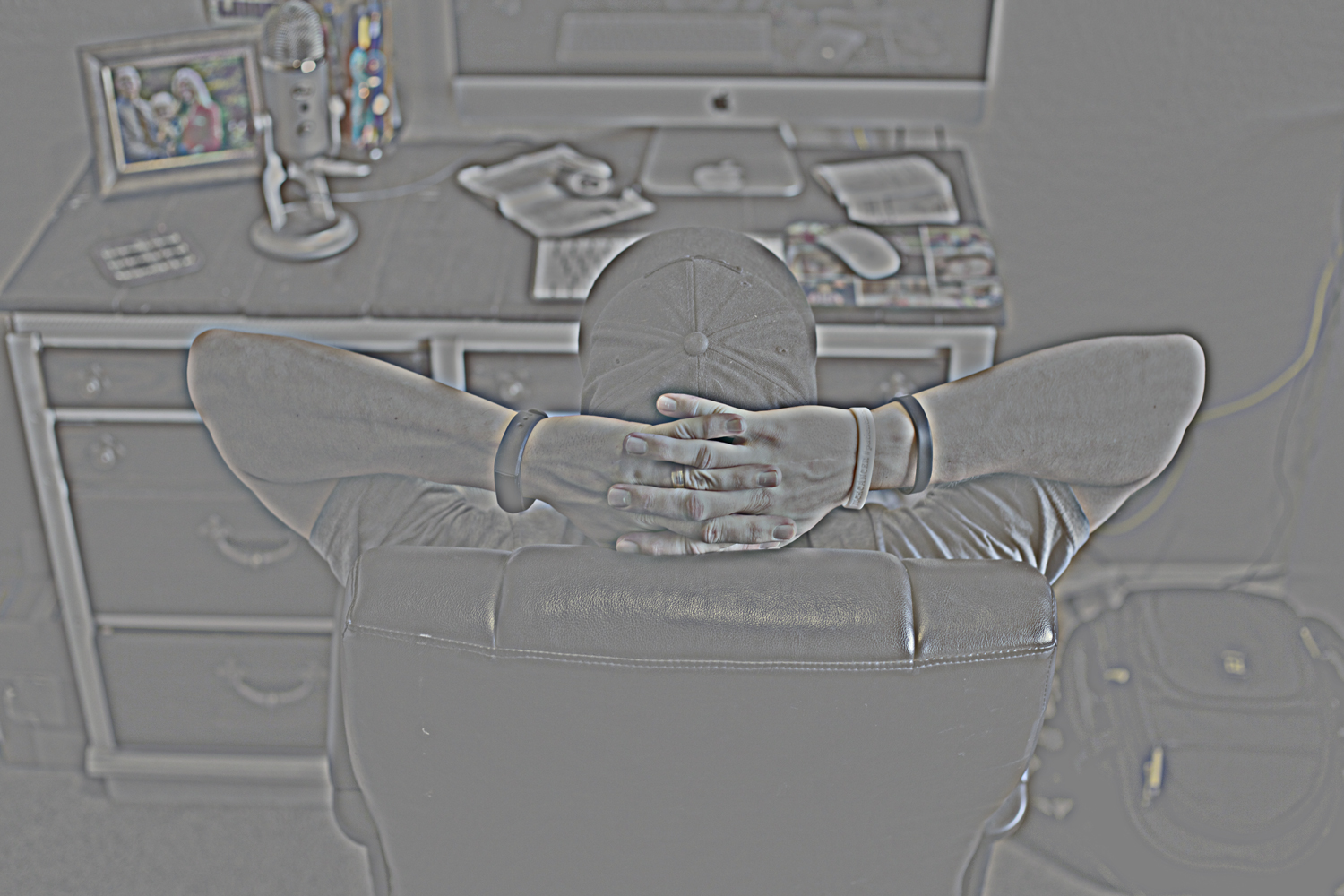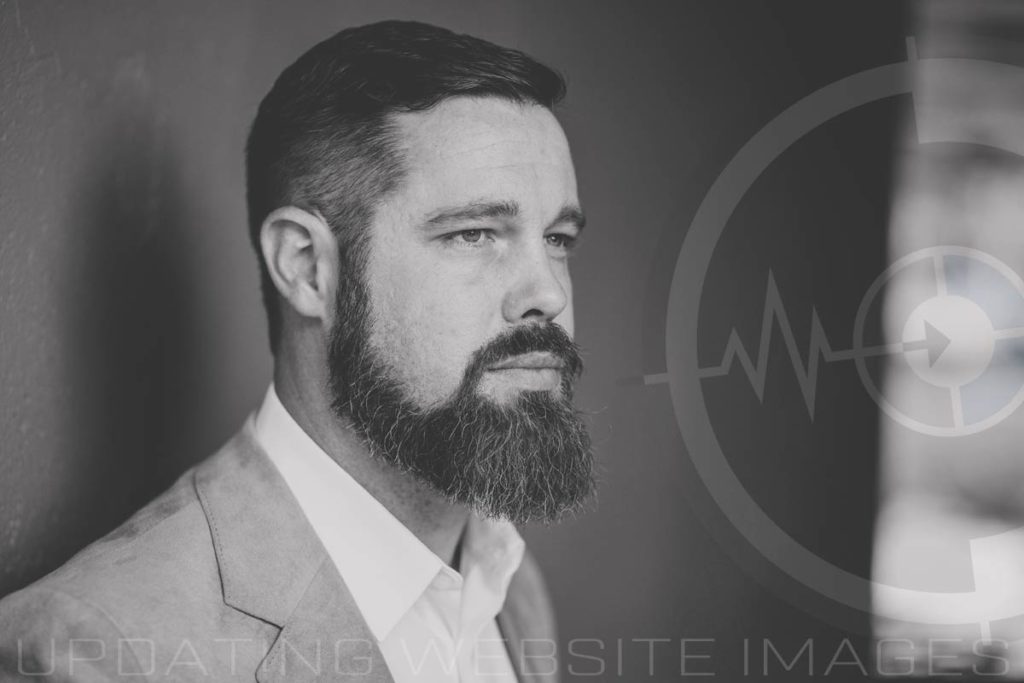Top 4 Ways Brand Consultants Help Companies Save Money
Top 4 Ways Brand Consultants Help Companies Save Money
Consultation services have been known to have an expensive stigma surrounding them. Although I can understand why, it's important that to point out the benefits of cost effective development. I started my company due to the disconnect between marketers, agencies, and contractors and their clients - and my only focus is to help companies save money while making them more of it.1. You’re Not Contractually Obligated to Brand Consultants.
When most businesses look to expand their marketing efforts, they tend to do one of the following: hire a cheap contractor that can promote specific initiatives, or recruit internal employees to build out their marketing department.
The problem with the first option is that in most cases these marketers play on their own agenda. Moreover, they may be oversees. This creates communication barriers and hinders workflow as international teams are in a differing time zone. Trust me. Not only is it difficult to manage people not invested in the brand, but they tend to lean on their opinion instead of what best suits your business.
Establishing an internal marketing department comes with headaches just like any other hiring process. Not only are you forced to train employees on standards and company culture, but you must measure their performance continuously in order to ensure your investment is worthwhile. If you haven’t established a healthy culture, most of these employees will enter a trance of the typical 9-5 employee and focus on selfish ambition or advancement instead of quality production and leadership.
A consultant immerses themselves in a thorough discovery process (normally for free like I do) to ensure both parties are a good fit. Not only does this eliminate the on boarding training expenses of internal hiring, but it allows you to move on if the relationship isn’t beneficial to you. Most brand consultants will also qualify their own clients too, so you don’t have to worry about them taking any type of project on – (as most contractors do) whether they know how or not.
Consulting typically is laid out on a weekly or monthly basis. The professional helps you organize your identity and orchestrate a strategy that fits your capabilities. Even if you were to go with either of the aforementioned options, a consultant will ensure you make a solid decision. Once you’ve established your path, you’re not obligated to continue paying them for their services.
2. There’s No Benefit in Them BS’ing You.
Most have heard the saying, “you gotta spend money to make money.” Although I don’t believe consulting necessarily costs more money, the hourly investment is going to be a little more hefty. But, paying for experience and a direct strategy should be worth your while. Especially when the results are more concrete and the return is magnified.
 Since establishing client’s identity and strategy is what drives consultants, they have no need to BS you to garner more income for themselves. An hourly investment geared towards your productivity and effectiveness is pretty straight forward. There’s no desire to divulge in trial and error.
Since establishing client’s identity and strategy is what drives consultants, they have no need to BS you to garner more income for themselves. An hourly investment geared towards your productivity and effectiveness is pretty straight forward. There’s no desire to divulge in trial and error.
In order to understand this further, it’s imperative to realize that a brand consultant cannot experience success unless companies save money and succeed themselves. The main function of this type of service is to help clients reach their goals more effectively and cost consciously. Knowing that there’s a purpose for everything creates clarity for all involved and allows you to understand where your capita is being put to work.
Before hiring someone of this caliber, first come to terms that there are a number of areas you need to improve in. Why would a consultant work with you if there wasn’t opportunity? Accepting reality and leveraging someone intellectual insight is the first step. This inevitably will help you avoid sleazy marketers that persuade you to pay them. Structure and purpose allows you to avoid wasteful spending that expands your bottom line.
3. They Efficiently Manage Your Marketing Arms.
When you hire a brand consultant, the initial focus will be on establishing a strategy that can be managed and scaled accordingly. Instead of having someone unqualified or inexperienced directing production, a consultant can help you implement standards so all parties are more competent and cohesive.
 One of my biggest areas of concern is when businesses aren’t monetizing the amount of time they’re spending on trial and error. Having an internal employee post on social media or write blogs just isn’t efficient. It’s not their main responsibility and typically not even in their job description. Failing to analyze the additional amount of time spent in these areas can be detrimental to your forecasting.
One of my biggest areas of concern is when businesses aren’t monetizing the amount of time they’re spending on trial and error. Having an internal employee post on social media or write blogs just isn’t efficient. It’s not their main responsibility and typically not even in their job description. Failing to analyze the additional amount of time spent in these areas can be detrimental to your forecasting.
The same goes for managing contractors or freelancers. A brand consultant should be experienced in these fields as well as knowledgable of your company values, voice, and vision. Playing the middle man enables other employees to focus on their responsibilities. In more ways than one, a consultant’s job is to help companies save money. This is a crucial element.
Business owners don’t need to continue wearing a number of hats. Not only will a brand consultant help you organize your messaging and how it’s being promoted (regarding company standards) but they’ll guid you towards a peace of mind that creates improved efficiency in other aspects of the business (processes, sales, training, partnerships, customer facing positions). Now, that’s cost effectiveness.
4. Brand Consultants Eliminate Wasteful Initiatives.
One of the most powerful ways a brand consultant can help save companies money is by reconfiguring current endeavors. If your business is using internal employees or those not qualified (as mentioned in #3), then there’s probably a number of errors occurring. Not only is this costing you money on a daily basis, but avoiding areas of opportunity. This is where honest feedback and experience carries weight.
One of the most effective ways a consultant can address this is by strengthening a current ad strategy. From my experience, there are so many companies invested in poorly managed (or un managed) PPC campaigns. This is literally draining their capital. Analyzing and implementing a more specific strategy that aligns with authentic brand values not only increases conversion rates, but drives down click costs.
Moreover, there are plenty of other ways a consultant can address lackadaisical marketing. If you’re currently posting on social media, but chasing likes or shares without purpose, then a consultant can help you identify this – and present a solution. Moreover, they understand how to avoid certain verticals that are irrelevant and they position direct messaging that generates clicks with intent.
At the end of the day, it’s a consultant’s job to get everything in order to ensure companies save money and make more of it.
Let's Save Your Company Dollars
I joined the consulting realm because I knew that no business is the same. I wasn’t passionate about implementing the same processes that marketing agencies do to drive traffic and build awareness. I wanted to get to the root of the problem and help brands establish their identity and differentiate their value. If you’re interested in learning how my consulting can save you money while eliminating costly decisions, feel free to request a FREE initial consultation call. It’s my job to save companies money and help them establish a brand with loyal customers.

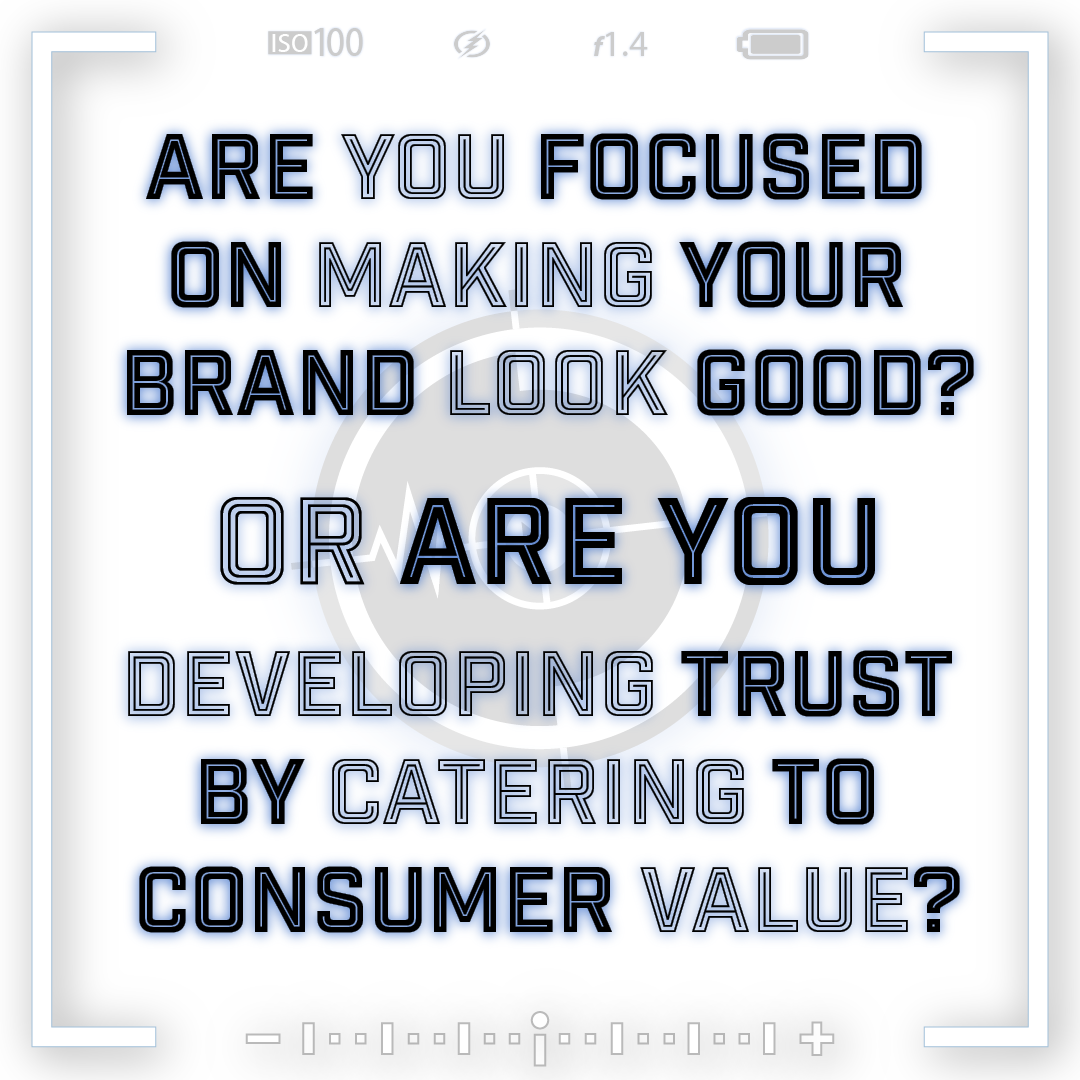
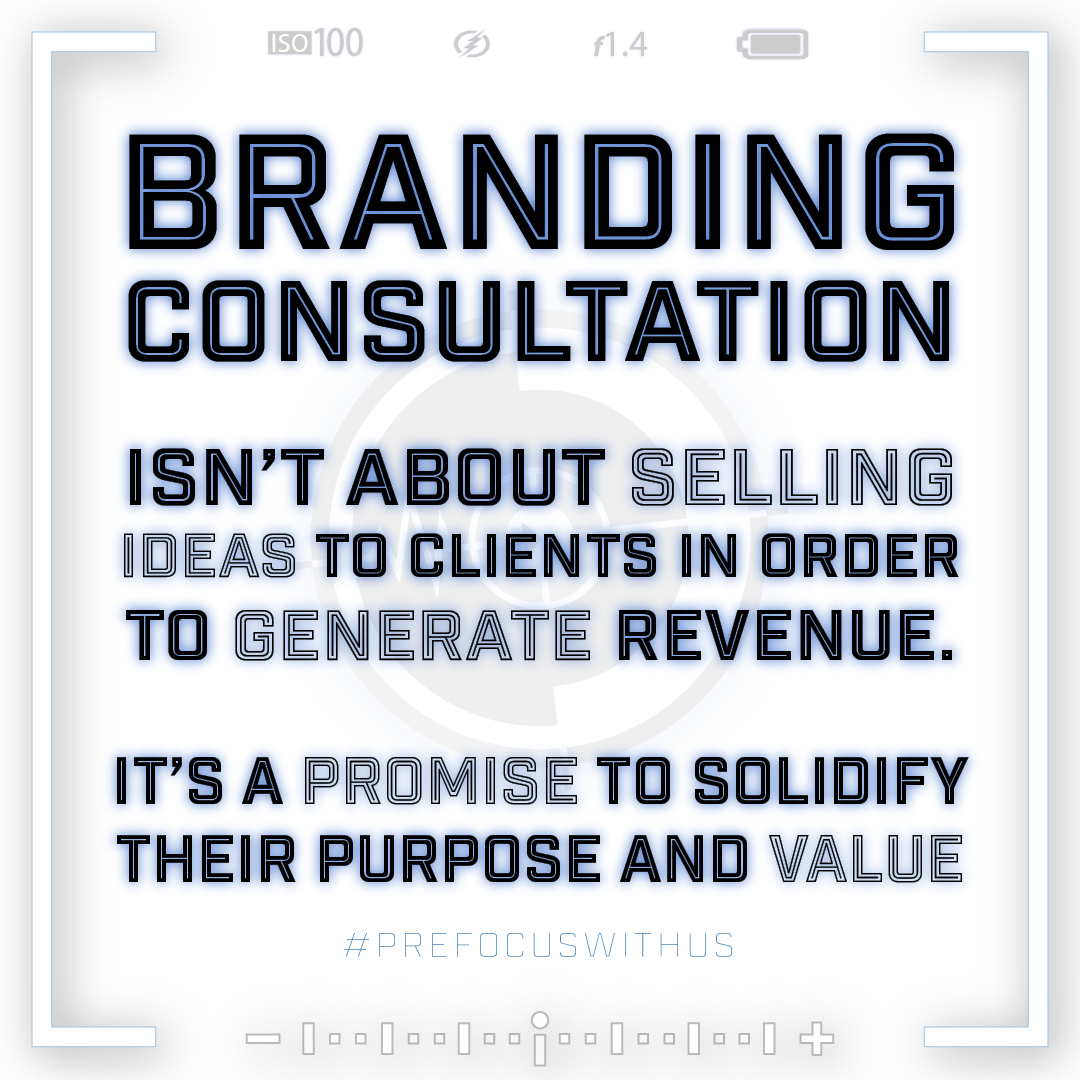
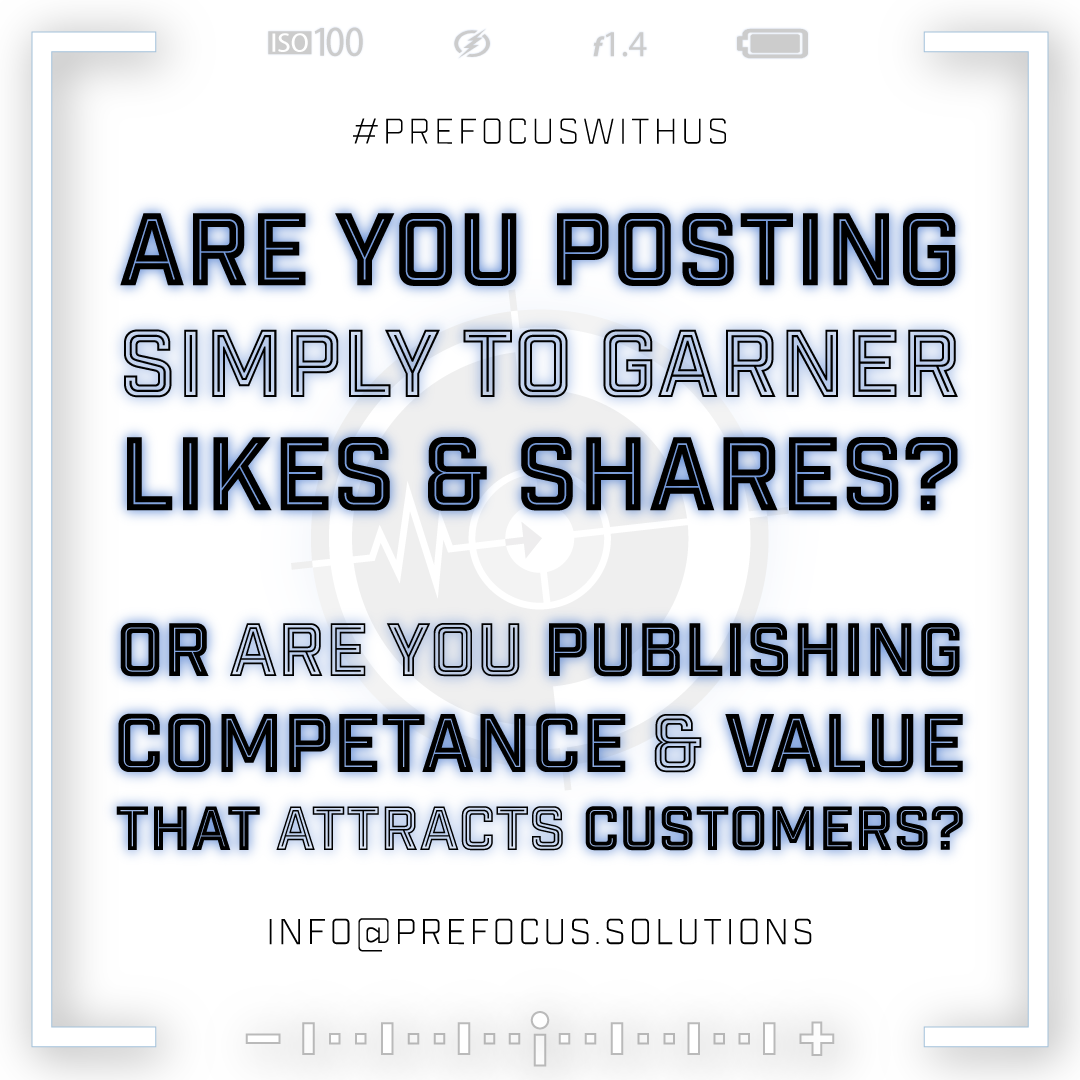
 First and foremost, you’ll want to determine where you’re directing traffic for your business. You could have a brick and mortar location that needs some foot traffic, or you might be looking to grow your visitor count on-site. Either way, you can maximize marketing efforts by funneling these people to a specific destination.
First and foremost, you’ll want to determine where you’re directing traffic for your business. You could have a brick and mortar location that needs some foot traffic, or you might be looking to grow your visitor count on-site. Either way, you can maximize marketing efforts by funneling these people to a specific destination. Although the customer route is #1 on my list of things to consider before marketing a brand, identifying what conversions look like is a close 2nd. A majority of companies justify their sales through monetary reality, but there’s plenty of other value out there. I challenge you to take the time to weigh the
Although the customer route is #1 on my list of things to consider before marketing a brand, identifying what conversions look like is a close 2nd. A majority of companies justify their sales through monetary reality, but there’s plenty of other value out there. I challenge you to take the time to weigh the  A common misconception I hear during the discovery process is that companies HAVE to advertise and
A common misconception I hear during the discovery process is that companies HAVE to advertise and  Another huge mistake made by new business owners, entrepreneurs, and start ups is trusting someone to manage their marketing without their input. This blows my mind, to be honest. I understand that
Another huge mistake made by new business owners, entrepreneurs, and start ups is trusting someone to manage their marketing without their input. This blows my mind, to be honest. I understand that  OK, so here’s my cue.. We’ve talked about determining where to send potential customers, what a conversion means, publishing with purpose, and measuring results. Planning for all of these phases will increase your ability to attract and retain customers. When you’re able to piece everything together as a brand identity, you begin to create a presentation that’s perceived well.
OK, so here’s my cue.. We’ve talked about determining where to send potential customers, what a conversion means, publishing with purpose, and measuring results. Planning for all of these phases will increase your ability to attract and retain customers. When you’re able to piece everything together as a brand identity, you begin to create a presentation that’s perceived well. Remember, the way you present yourself creates an experience for your customers. No matter where consumers see your brand, it needs to be relevant, valuable, trustworthy, and sensible. A great first impression builds awareness – and
Remember, the way you present yourself creates an experience for your customers. No matter where consumers see your brand, it needs to be relevant, valuable, trustworthy, and sensible. A great first impression builds awareness – and 